He’s introduced me to the concept of creating “the corazón” – “the heart” – of each wine; he’s explained why he doesn’t use a pied de cuve to kickstart fermentations (as I do); and he’s taught me how to build a blend using the corazón and some co-fermentations.
Although Daniel started his career researching white wines, it’s the reds he produced for Grupo Peñaflor’s brands, Trapiche and El Esteco, that brought him international acclaim.
Working for Grupo Peñaflor since 1992, Daniel became director of winemaking when the Bemberg family took over in 2010. Now he concentrates on Peñaflor’s top brand, Bemberg Estate Wines, and his own project Tres14 (3.14 – a play on his unusual surname), which he started with his children, Daniela and Gonzalo, in 2009.
I was introduced to Bemberg’s 2015 line-up at a recent lunch organised by UK importer Top Selection and hosted by Bemberg’s international consultant, Madeleine Stenwreth MW. Without the opportunity to quiz Daniel there, I was able to relax and enjoy the beauty of the single-parcel Malbecs in the La Linterna line, a Cabernet Sauvignon and the estate’s flagship blend, Pionero, the way they were meant to be enjoyed – with delicious food, including a selection of aged cuts of beef.
During the lunch I was told the winemaking for the micro-terroir series La Linterna was the same and the reason for the different flavours and aromas was the site. My favourite Malbec on the day was the one from the El Tomillo vineyard, near the Bemberg winery in Gualtallary, Valle de Uco. First planted in 1998 with Chardonnay and Malbec, warmer conditions in the past decade have encouraged the planting of Cabernet Sauvignon and Cabernet Franc at this high-altitude (1,300m asl) site.
A close second was the Malbec from Chañar Punco in the far north and 2,000m asl.
Probably the most commercially appealing Malbec was the one from southernmost La Consulta (1,130m asl).
My least favourite – but still a high-scoring Malbec – was the one from the sunny but cool Pedernal Valley (1,400m asl).
Madeleine, who did her MW dissertation on the effect of altitude on Malbec in Mendoza, said the string of cool, wet vintages from 2014-17 forced Argentine winemakers to rethink their approaches. “Before, they were making super, overripe ‘Schwarzenegger’ wines, but now they had to pick earlier and couldn’t use new oak,” she explained.
The wines are better for this learning curve, I think.
After the lunch at the Goodman restaurant in London, I called Daniel in Argentina to check on the winemaking behind the wines and to see if any of the differences in aromas or flavours are due to the winemaking. This conversation, however, developed into a masterclass on the finer points of creating long-lasting, terroir-driven wines.
Daniel confirmed the Malbecs’ distinctive characteristics were purely due to the sites – to their unique combinations of climate, soils, altitudes, age of vines, planting densities, and the indigenous yeasts in those vineyards.
He said the winemaking is the same and deliberately simple “to keep the authenticity of the place, which is the most important thing for us”.
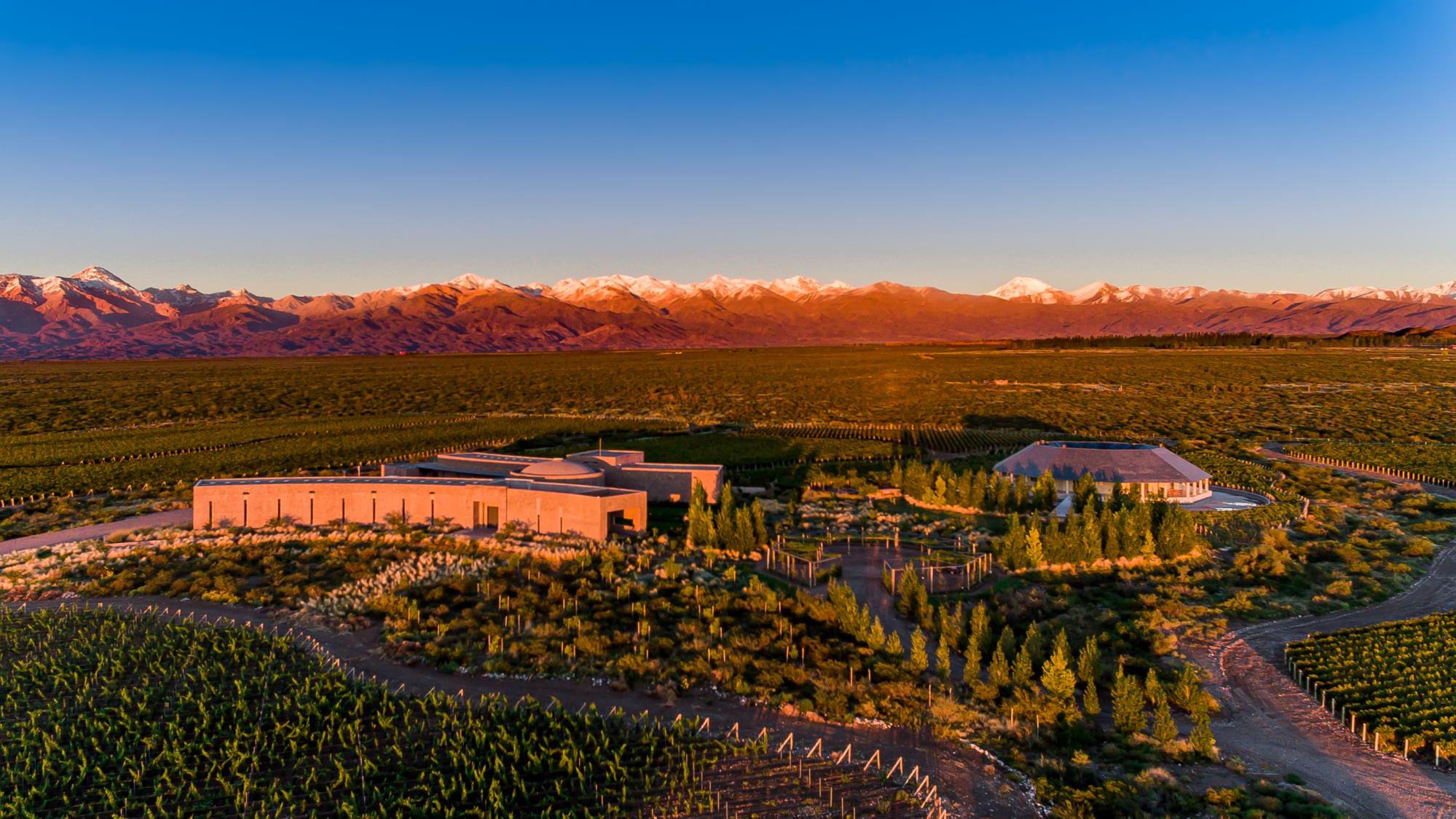
The winemaking
- Although they analyse the grapes, the decision on the harvest date is taken “by tasting mostly”, Daniel pointed out.
- Grapes from the Uco and Pedernal valleys, picked by hand in the morning, are trucked in 200kg bins to the winery in Mendoza (above). Grapes from the Cafayate Valley are taken to the group’s winery in the Salta region.
- Any bins above 20°C are put into a refrigerated container to chill down to about 15°C before being processed.
- Once in the winery the bunches are tipped onto a sorting table – mainly to pick out leaves but also any unhealthy bunches that found their way into the bins.
- The bunches are destemmed.
- The berries are then sorted.
- In the case of thinner-skinned Malbec grapes, Daniel said: “We don’t crush; we use only berries because in all the process, especially when you do the destemming, there is already a lot of juice coming out. We don’t want to have more broken berries.”
- Fermentation takes place in 3,500L, unlined, tulip-shaped concrete vats (below) and large wooden vats of a similar size (also below).
- A little sulphur – about 50ppm – is added to the tanks.
- Native yeasts are used for all fermentations in the winery.
- Fermentations are maintained at 24°C or slightly higher. “We run one at 24°C to preserve the fruit and another at 26-28°C for different speeds of fermentation,” Daniel told Canopy.
- After 20-25 days of maceration, the free-run is drained into another vessel.
- They leave the pomace in the vat overnight and, in the morning, open the valve again to let the remaining juice – which Daniel calls “the heart” of the wine, “the corazón” – to flow straight into a single 300L barrel. “Every single vessel has its own corazón,” he told me. “It’s like a concentrated part of the wine because it’s a wine that was inside the pomace.” This becomes the core component of the blend because “it has plenty of fruit, it’s round, it offers great mouthfeel, it helps a lot to give complexity to the wine and adds an extra layer”.
- The pomace is pressed and put in a separate tank. The wine is usually made from the free-run and corazón, but they keep the pressed juice “and we decide afterwards if we have to use it for something”.
- The wine going into wood for malo is fairly clean “but we need some turbidity because the bacteria are there, so if we clean it up (totally) we will have some problems to run the malo”.
- MLF occurs naturally in the oak barrels – which are in a slightly warmer part of the winery – a week or so after alcoholic fermentation. It’s usually finished by September or October.
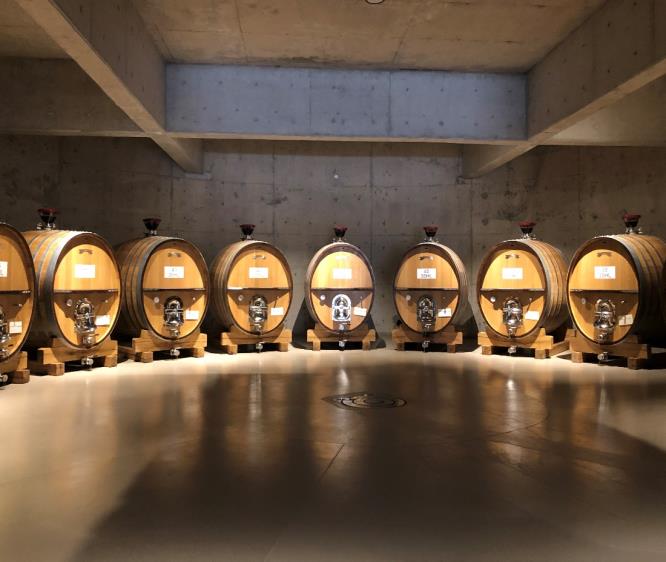
The wine ages for 18 months in mixture of:
- Oak foudres (3,000-4,000L) or new French oak barrels (300L). Generally, these are lightly toasted and have staves bent by hot water.
- Concrete tanks – “because the wines age beautifully in concrete”.
- Or plastic fermentation eggs (1,000L) from German manufacturer Speidel. “We were concerned about the plastic, but the results are very good,” Daniel commented.
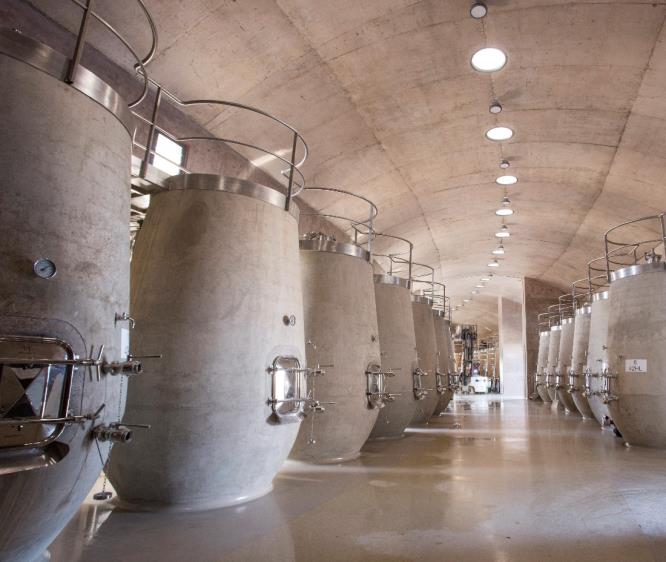
- The wine is only subjected to a couple of rackings during the whole process – from fermentation tank to barrel, and a rack and return to a clean barrel during élevage.
- At the end of fermentation, the wine will have about 30ppm of total SO2. Daniel has trialled fresh wines with no sulphur and says they “were ok” but thinks he needs 2mg/L of active SO2 “in order not to have any consequences in the bottle”.
- The wines are bottled without fining and with only a coarse filter (10 micron), leaving about 30 NTU of turbidity.
- The bottles remain in the winery for four or five years before release.
'They love it because it’s very vivid and different'
Cabs with methoxypyrazine aromas and flavours
The other two wines at the lunch were La Linterna Cabernet Sauvignon Cafayate Valley 2015 and Pionero, a Malbec-dominated blend with Cabernet Sauvignon and Cabernet Franc in supporting roles.The thicker-skinned cabernets are crushed before going into concrete vats for fermentation. When the sugar levels in the must dropped to 3 Baume, the skins were pressed and the must was pumped to large foudres to complete fermentation. But in drier years, the Cabernet Sauvignon is left in concrete for a longer maceration.
I comment that the Cabernet Sauvignon had a pleasant methoxypyrazine aroma and flavour.
Daniel replied that after a lot of discussions between the winemaking and marketing teams, his view is that this is a feature of Cabernet Sauvignon from Cafayate, where the vines were planted in 1947.
Since the Bemberg family bought the pergola-trained vines in the late 1990s, viticulturist Marcelo Belmonte has opened the canopy to “burn out all the pyrazines”. However, the cabernet still tends to have roasted red pepper and green peppercorn tones.
“I say it’s not the classic Cabernet Sauvignon that everybody is looking for, but it’s a Cabernet from Cafayate. And I think that when everybody (else) is moving away from pyrazines and this peppery, paprika character, we are giving a little bit of happiness to sommeliers and people like this,” Daniel commented.
“It’s risky to a point but it is what it is. It has a very nice taste, the flavour is very juicy and every time I pour it at a tasting, it’s one of the favourites. They love it because it’s very vivid and different.”
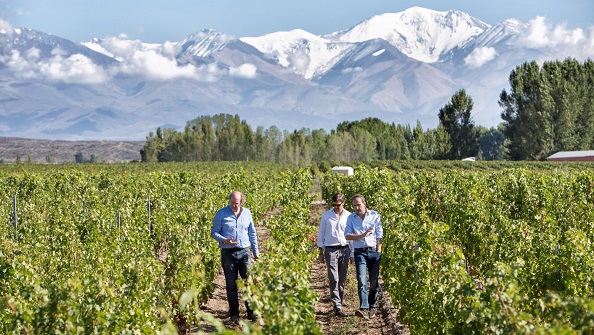
The blend for Pionero usually only takes a couple of days to create because the winemaking team knows the components inside out. They taste them “every week” and constantly classify them, then they “guide them” to fulfil their full potential.
Once they have an idea of the possible proportions, they put four or five different options in 10L tanks to ensure the components integrate and then retaste them after 10 days.
After blending in October, the wines are ready for bottling in early December.
Bemberg ages its wines for four years in bottle before releasing them.
Co-fermentations
The 2021 and 2022 vintages are still in barrels. Since 2019 they have added 1-2% of Petit Verdot to the Pionero and co-fermented some Cabernet Sauvignon, Cabernet Franc and Petit Verdot and some Malbec and Cabernet Franc. The corazón from these two co-fermentations provides “the heart” for Pionero.“Always the heart is part of the show,” Daniel said as our time ran out.


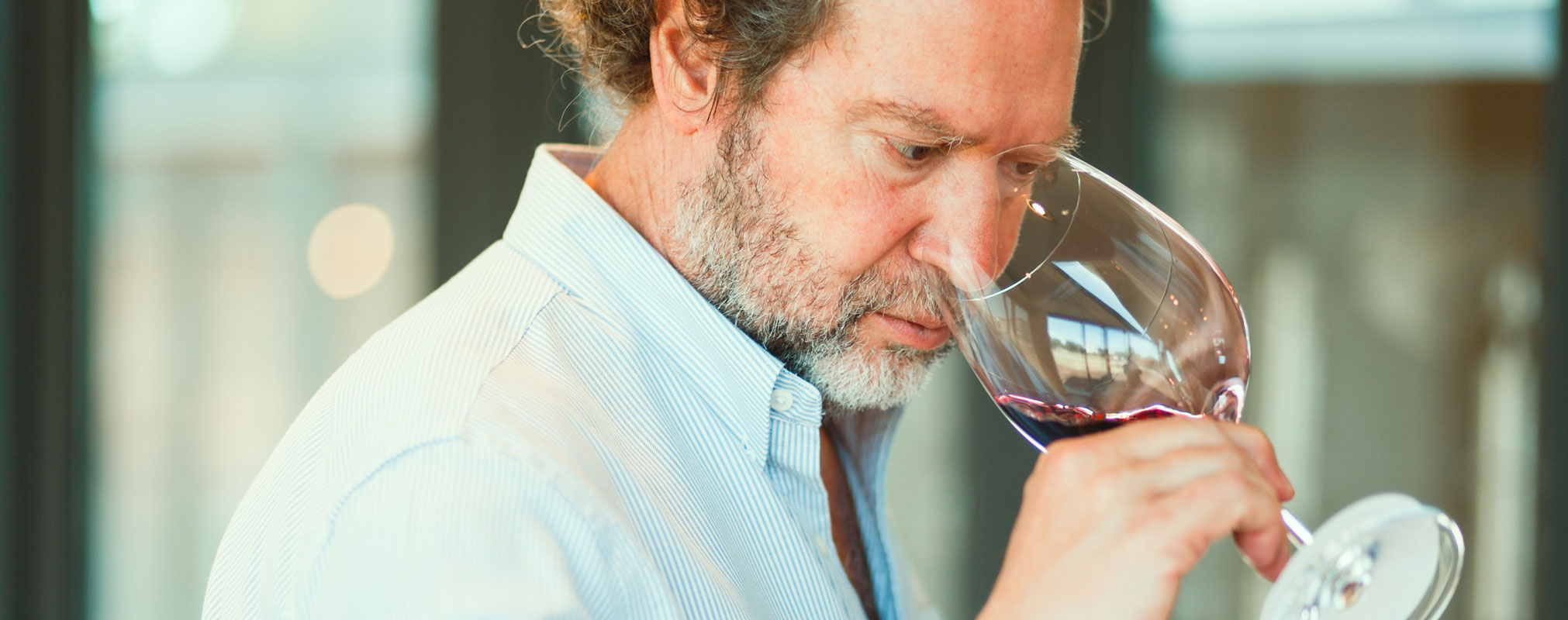










.png)






